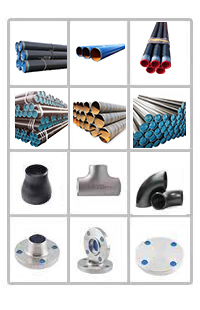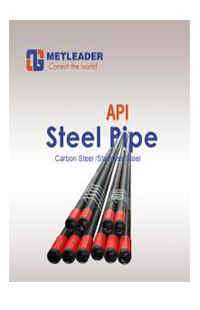About using eccentric reducer
An eccentric reducer is a fitting used in piping systems between two pipes of different diameters. The same fitting can be used in reverse as an eccentric increaser or expander. They are used where the diameter of the pipe on the upstream side of the fitting (i.e. where flow is coming from) is larger than the downstream side, and where there is a danger that vapour may accumulate. Unlike a concentric reducer, which resembles a cone, eccentric reducers have an edge that is parallel to the connecting pipe, referred to as the flat side. This parallel edge results in the two pipes having offset center lines. Because eccentric reducers are asymmetrical, they create asymmetrical flow conditions; flow is faster along the angled side, resulting in increased pressure.
You generally can not design more pressure to feed the pump so in most cases the best way to increase the available pressure on the pump suction is to cut down pressure loss in the suction line and that is most easily achieved by installing a suction with a larger diameter than the nozzle on the pump. Hence the need for the reducer at the pump suction.

Reducers have one unfortunate characteristic and that is that they have a built in high point or a built in low point or both depending on what you install. These high points can help in the accumulation of either bubbles of gas or slugs of liquid depending what you are pumping. Say you are pumping water, air tends to collect at the top of a reducer as a bubble. If that bubble finally gets sucked into the pump it could cause the pump to stall. If you are pumping a hydrocarbon like diesel, water could collect at the bottom of the reducer, and when it gets sucked into the pump it gives the impeller a jolt due to its higher density. It could also form an emulsion as it passes through the pump, and there could be any number of process, corrosion or other reasons why you would not want this slug to develop.
Previous:How do you calculate eccentric reducer offset?
Next:How do you calculate the length of an elbow?
Next:How do you calculate the length of an elbow?









